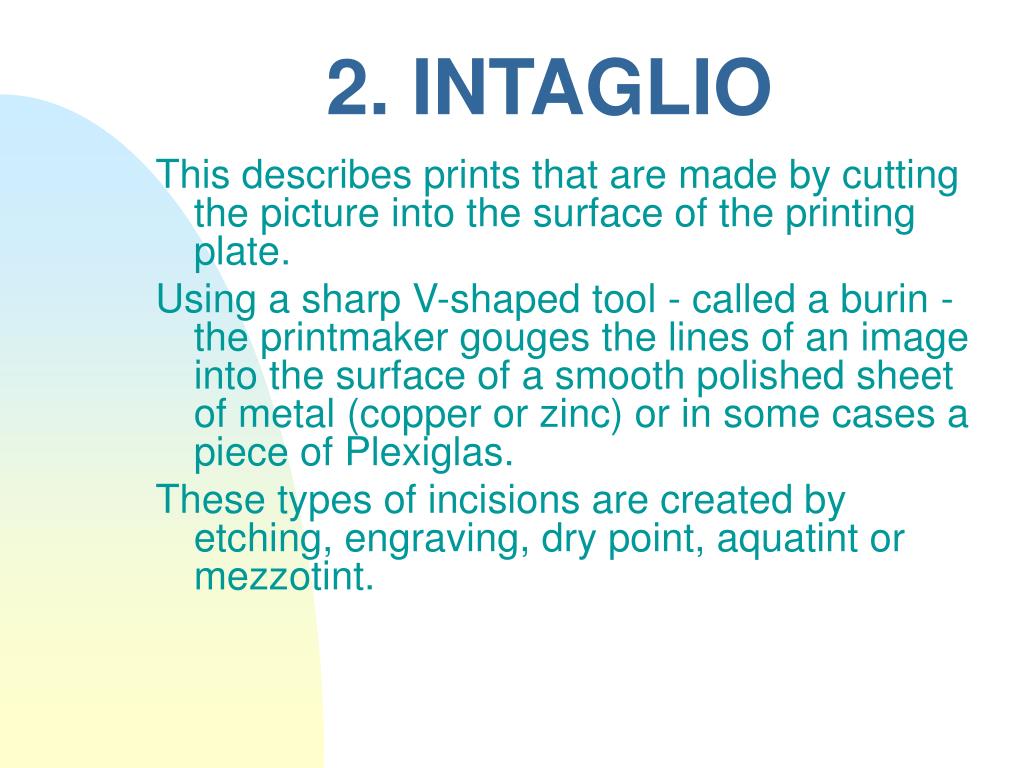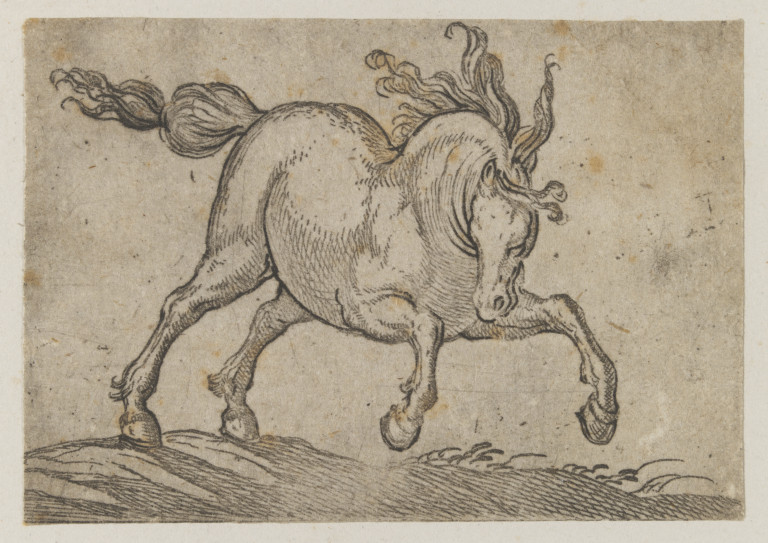


The back and the edges of the plate are coated in varnish, and the plate is then immersed in acid, which etches or 'bites' into the metal where it has been exposed. Using a sharp tool, the lines of the image are scratched through this ground, uncovering areas of the metal plate. The metal plate, usually copper, is first coated with an acid-resistant substance called the ground. The process of etching uses acid to bite the lines of an image into a metal plate. Suspension Bridge at Mount Gyôdô, woodblock print, Katsushika Hokusai, about 1834, Japan.
#Intaglio print definition series#
The leading artists working with the medium were Katsushika Hokusai (1760 –1849) and Utagawa Hiroshige (1797 – 1858), two hugely successful landscape painters whose transition into ukiyo-e (woodblock printing) saw the creation of world-famous masterpieces such as Hokusai's The Great Wave off Kanagawa and Hiroshige's series The Fifty-three Stations of the Tōkaidō. In the 1740s, additional woodblocks were used to print the colours pink and green, but by 1765 the technique of using multiple colour woodblocks was perfected. Sometimes these prints were coloured by hand, but this process was expensive. The earliest examples of woodblock printing were simple black and white prints taken from a single block. Colour woodblock prints were popular in Japan from their development in the 1760s until the closing decades of the Meiji period (1868 – 1912).


 0 kommentar(er)
0 kommentar(er)
